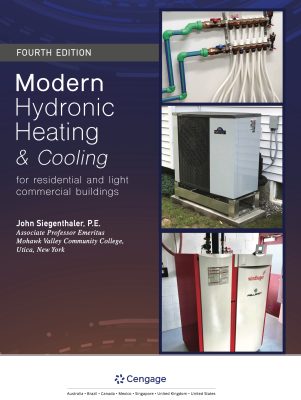Even
without the delegates agreeing on a replacement of the Kyoto Protocol at the 15th
United Nations Climate Change Conference (COP15)
Dec. 7 – 18 in Copenhagen, President of Danfoss NA Robert Wilkins
believes that modern-day technological advances do improve energy efficiency.
Even without the delegates agreeing on a replacement
of the Kyoto Protocol at the 15th United Nations Climate Change Conference (COP15) Dec. 7 – 18 in Copenhagen, President of
Danfoss NARobert Wilkinsbelieves that modern-day
technological advances do improve energy efficiency. “While it’s true that the
removal of political and economic barriers would provide a significant boost to
global energy efficiency, it’s important to remember that many of today’s technologies
produce the desired effect,” he said.
Danfoss, an official
sponsor of COP15 through its
association with the Confederation of Danish Industry (DI), co-sponsored a
reception in Copenhagen immediately following theAlliance to Save
Energy(ASE) forum on Dec. 14.
U.S. Energy Secretary and Nobel Prize winnerDr. Steven Chuaddressed the reception and reiterated the Obama Administration’s emphasis on
energy efficiency, “…not just as low-hanging fruit, but as fruit already on the
ground,” ready to be picked up. Sec. Chu went on to say, “Energy efficiency
means saving money as well as saving the planet.”
“The increased emphasis on energy efficiency will
provide a boost for our industry, leading to both job creation and energy
savings,” Wilkins said. “With the appropriate incentives, millions of old,
inefficient air-conditioning, heating and refrigeration systems in the field
could be replaced with today’s much more efficient equipment or tomorrow’s
super-efficient equipment being developed today utilizingvariable
frequency drive(VFD) technology.”
One incentive already benefitting Americans is the
result of The American Recovery and Reinvestment Act of 2009. This legislation
provides tax incentives to homeowners – credits as high as 30 percent of the
installed cost, or up to a total of $1,500 of residential projects installed
from Jan. 1, 2009,
through Dec. 31,
2010 – for qualified improvements with high-efficiency heating and
air-conditioning systems.
Prior to his appearance at the ASE reception, Sec. Chu announced a $350 million
initiative, the Climate Renewables and Efficiency Deployment Initiative,
designed to encourage the rapid deployment of renewable energy in developing
countries. He pledged that the United
States will contribute $85 million to the
fund.
According to Wilkins, the broader the applications of energy efficient
technologies, the greater the benefits would be. “The implications for the United States
alone are significant,” he noted. “Improved energy efficiencies means reducing
our dependence on foreign energy supplies, increasing energy security, improving
our balance of trade, reducing the toll that energy costs have on our economy,
and reducing surface pollution.”
Danfoss President Optimistic Despite COP15 Outcome
Looking for a reprint of this article?
From high-res PDFs to custom plaques, order your copy today!




